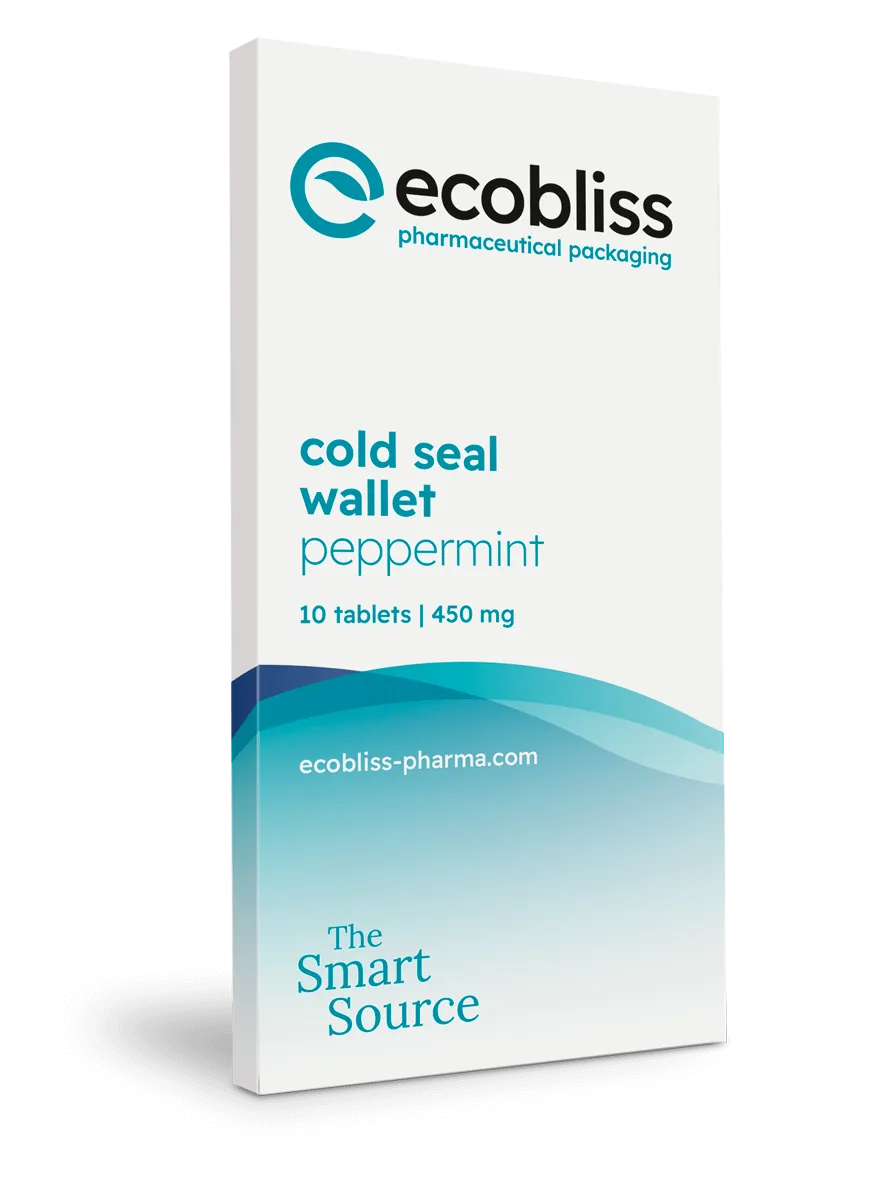Beskyttende emballasje er nøkkelen til å sikre sikkerheten, integriteten og effektiviteten til farmasøytiske produkter. Den omfatter en rekke ulike materialer og design. Beskyttelsesemballasjen er utformet for å beskytte produktene mot fysiske skader, kontaminering og andre ytre faktorer som kan svekke kvaliteten og effekten. I legemiddelindustrien, der mye står på spill, er valget av beskyttelsesemballasje avgjørende for å overholde helseforskrifter, sikre pasientsikkerheten og opprettholde tilliten hos helsepersonell og forbrukere.
Typer beskyttende emballasje
Protective packaging in the pharmaceutical industry can be categorized into three main types: primary, secondary, and tertiary packaging, each serving a distinct purpose.These types of packaging work together to ensure the safety and compliance of pharmaceutical products, from production to patient delivery. Below is a detailed explanation of each type, with examples to provide clarity.
Primæremballasje

Primary packaging is the first layer of packaging that comes into direct contact with the pharmaceutical product. This packaging is critical for maintaining the quality and safety of the medication.
Examples of protective primary packaging
- Blister packs: Commonly used for solid medications like tablets or capsules. These feature individual cavities sealed with a backing of aluminum foil or paperboard.
- Vials and ampoules: Ideal for liquid medications and injectable drugs.
- Bottles and jars: Suitable for both liquids and solid medications like syrups, capsules, or powders. These can be made from glass or plastic and often come with child-resistant closures to enhance safety.
- Sachets and pouches: Flexible packaging used for powders, granules or small-dose products. These protect against environmental factors such as humidity and are lightweight, making them convenient for both users and transportation.
Sekundæremballasje

Encases the primary packaging, offering additional protection and information about the product, such as usage instructions, batch numbers and expiration dates.
Examples of protective secondary packaging
- Carton boxes: Commonly used for individual units or smaller bundles of medications.
- Cardboard inserts: Often placed inside cartons to prevent the primary packaging from moving and to separate individual units.
- Shrink wraps: Plastic wrapping used to hold multiple primary packages together securely, often as part of bundled retail packaging.
Tertiær emballasje

Used for bulk handling, storage and transportation. While tertiary packaging may not be visible to end consumers, it is critical for ensuring the products reach their destination safely and intact.
Examples of protective tertiary packaging
- Pallets and crates: Pallets make it easier to move products using forklifts, while crates provide additional physical protection.
- Corrugated fiberboard boxes: Large, durable boxes used to consolidate multiple secondary packages into a single shipment.
- Stretch films: Plastic wraps used to secure cartons or boxes onto pallets, ensuring they stay in place during transportation.
Beskyttende emballasjematerialer
The choice of protective packaging materials is critical, as it directly impacts the product's safety and user experience. Each material offers unique properties and benefits, making them suitable for different packaging applications.
- Plastics: One of the most versatile and widely used materials in pharmaceutical packaging. Plastics can easily be formed into various shapes and sizes to fit different products. They offer excellent protection against moisture and are often used in blister packs and bottles.
- Paper and cardboard: Preferred materials for secondary and tertiary packaging due to their eco-friendly and recyclable nature. While not suitable for direct contact with pharmaceutical products, they provide robust physical protection and serve as an excellent medium for branding and regulatory information.
- Aluminum: Known for its excellent barrier properties, aluminum is used in foils and laminates to protect sensitive medications from light, oxygen, and moisture
- Temperature-sensitive materials: For pharmaceuticals that require cold chain logistics, temperature-sensitive materials play a vital role in maintaining the stability of the product during storage and transportation. These materials are essential for biologics, vaccines and other temperature-sensitive drugs.
- Glass: A traditional yet highly effective material for pharmaceutical packaging, particularly for products that require airtight and sterile environments. It ensures that the medication inside remains unaffected by external conditions or the packaging material itself.
- Temperature-sensitive materials: For pharmaceuticals that require cold chain logistics, temperature-sensitive materials play a vital role in maintaining the stability of the product during storage and transportation. These materials are essential for biologics, vaccines and other temperature-sensitive drugs.
Fremhever innovative løsninger for beskyttende emballasje
Advances in packaging technology have led to the development of innovative protective packaging solutions, such as Ecobliss's cold seal box wallet and Locked4Kids' child-resistant packaging. These packaging innovations incorporate safety and protection in their design, one protecting the medication it holds and the other protecting children from harmful medication.
Beskyttelsesemballasje spiller en sentral rolle i legemiddelindustrien, der den beskytter produktene fra produksjon til pasient. De som ønsker beskyttelsesemballasje, kan gjerne be om en prøve på nettstedet vårt.
Be om en gratis prøve nå!





.avif)



